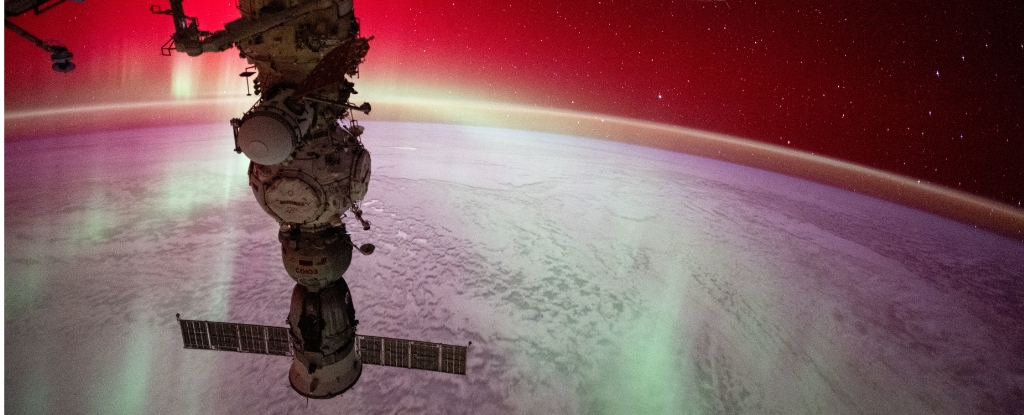The James Webb Space Telescope has discovered the earliest galaxy ever observed, called JADES-GS-z14-0. It formed around 290 million years after the Big Bang.
Surprisingly, JADES-GS-z14-0 contains many young stars that formed very rapidly, about 200 million years after the Big Bang. Current models suggest galaxy formation was a slower, more gradual process in the early universe.
The galaxy has more stars and is more luminous than expected so early in the universe’s history. The rapid star formation is puzzling to astronomers.
Observations by JWST’s NIRSpec instrument detected light from a large halo of young stars surrounding the galaxy’s core. This indicates prolonged star birth and death over at least 90 million years.
The findings challenge standard cosmological models of how the first stars and galaxies formed. Rapid star formation may be explained by early giant black holes, supernova feedback, or dark energy influences, but more research is needed.
This discovery adds to other recent observations by JWST that have found unexpectedly massive, luminous galaxies in the early universe, requiring updates to galaxy formation theory.
Source: Live Science









